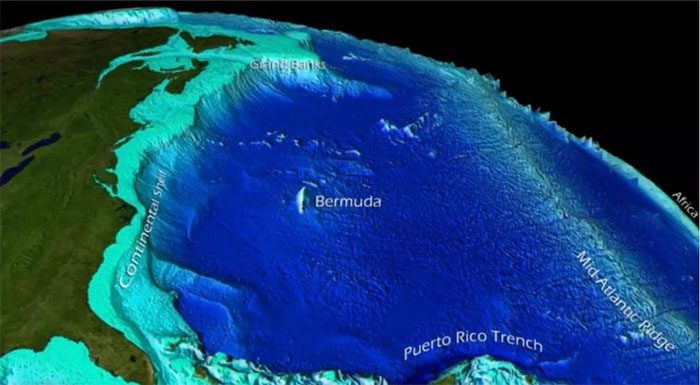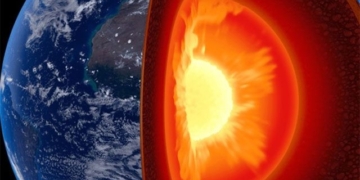A new study reveals that heatwaves are occurring at the ocean floor, causing severe devastation.
Currently, a heatwave is penetrating deeper waters in the oceans. The research team published their findings in the March issue of Nature Communications.

Underwater heatwaves last longer than surface heatwaves, resulting in more catastrophic consequences – (Photo: NASA).
“This is a global phenomenon. We are witnessing heat events at the ocean bottom occurring around Australia and in areas such as the Mediterranean Sea and Tasmania. This phenomenon is not limited to North America,” said lead researcher Dillon Amaya in an interview with Live Science.
He is a scientist at the Physical Science Laboratory of the National Oceanic and Atmospheric Administration (NOAA).
The oceans have absorbed about 90% of the excess heat from global warming. This has led to an increase in temperature of approximately 1°C in the oceans over the past century, according to NASA.
Researchers also found that along the continental shelf near North America, ocean bottom heat events last longer than similar heatwaves at the surface.
They discovered that these temperature fluctuations can occur simultaneously at both the surface and the ocean floor in the same location, and are most common in shallow waters.
It has long been known that sudden increases in ocean bottom water temperature can severely damage marine ecosystems.
This area is often home to lobsters, scallops, flounders, cod, and other commercially harvested species.
On the other hand, rising ocean floor temperatures are linked to the increasing populations of lionfish – an invasive species with venomous spines and coral bleaching events.
From 2013 to 2016, surface waters of the Pacific Ocean along the North American coast warmed, leading to the death of 1 million seabirds, as their primary food source, fish, was depleted due to heatwaves.




















































